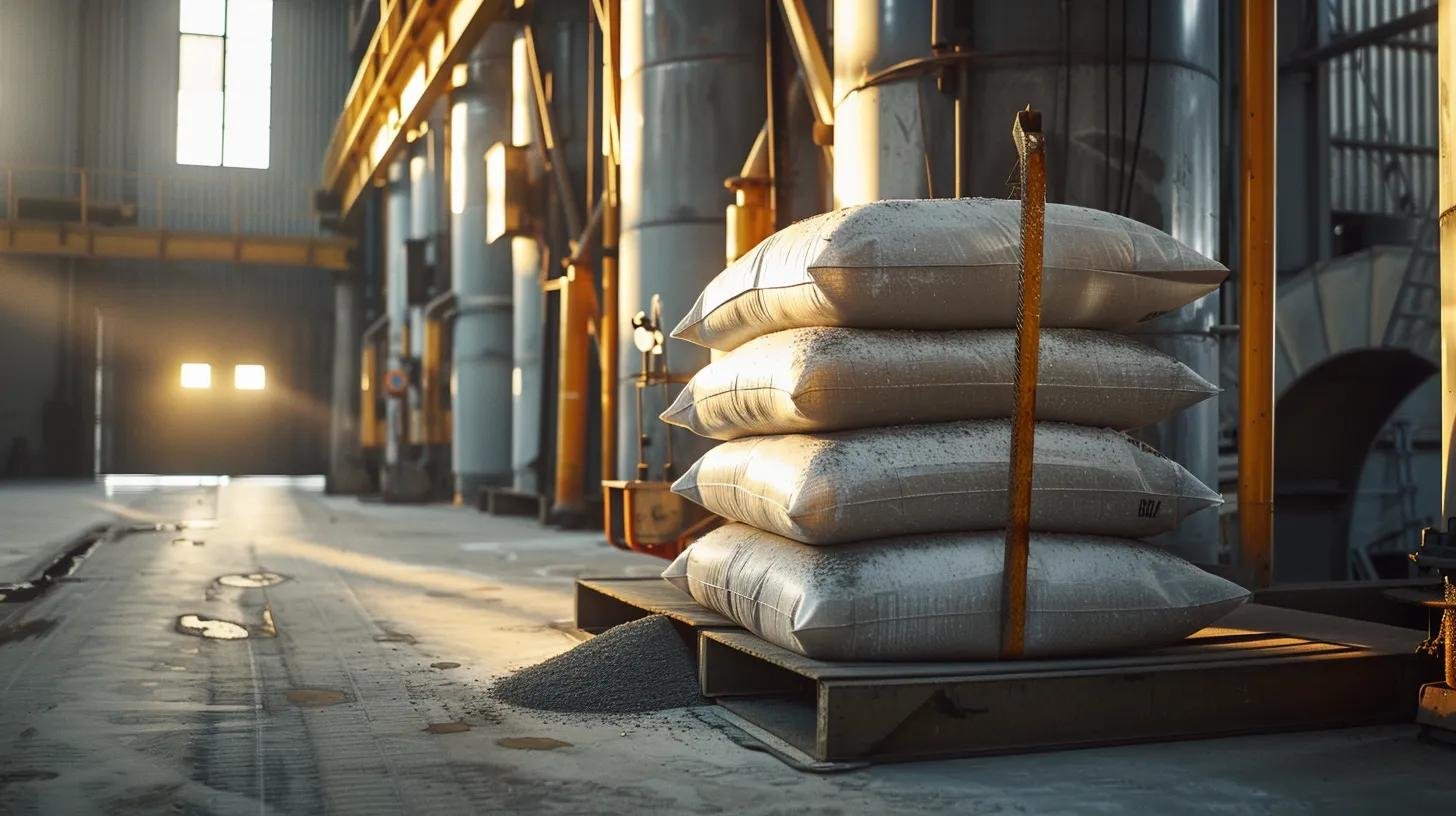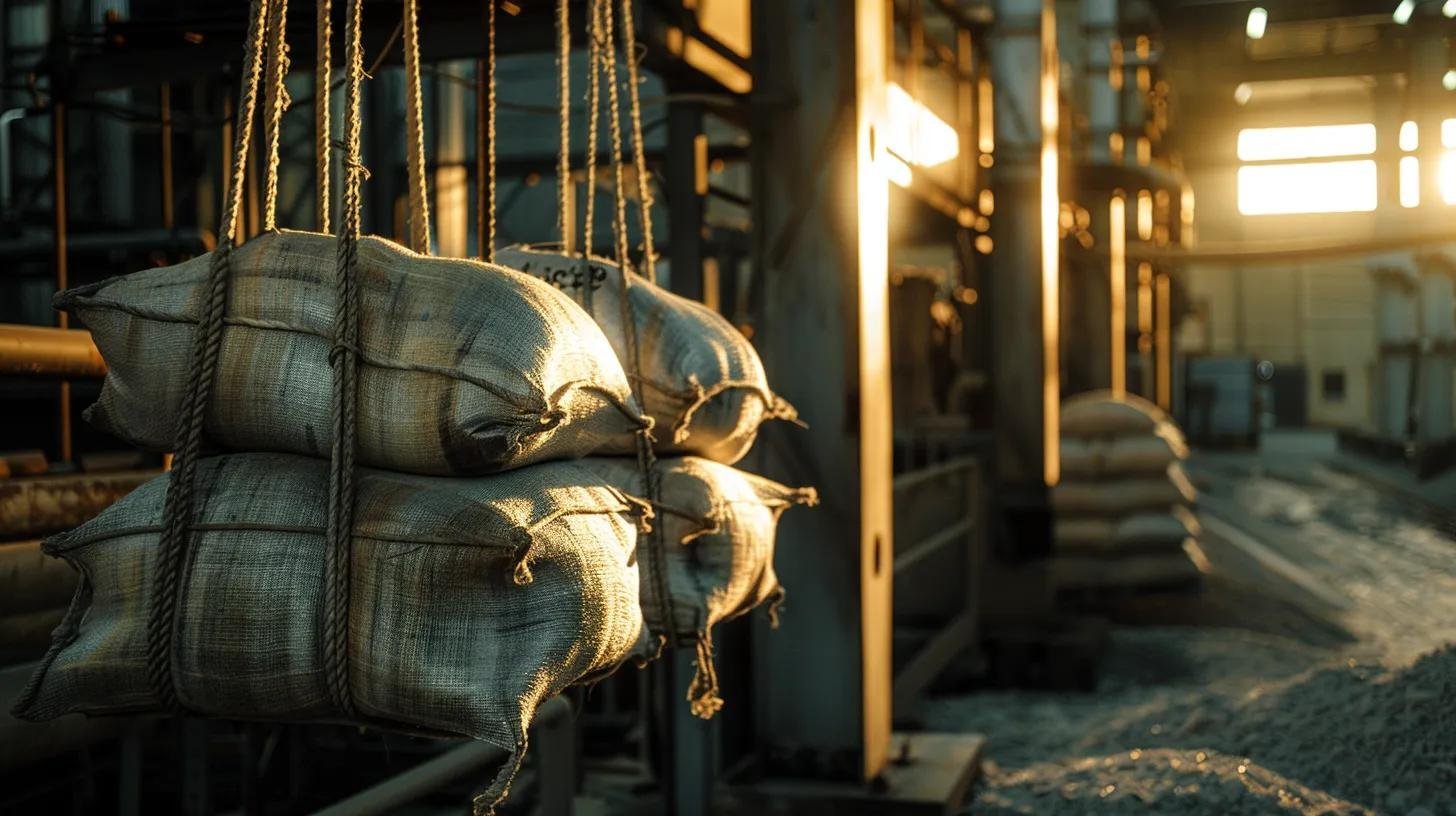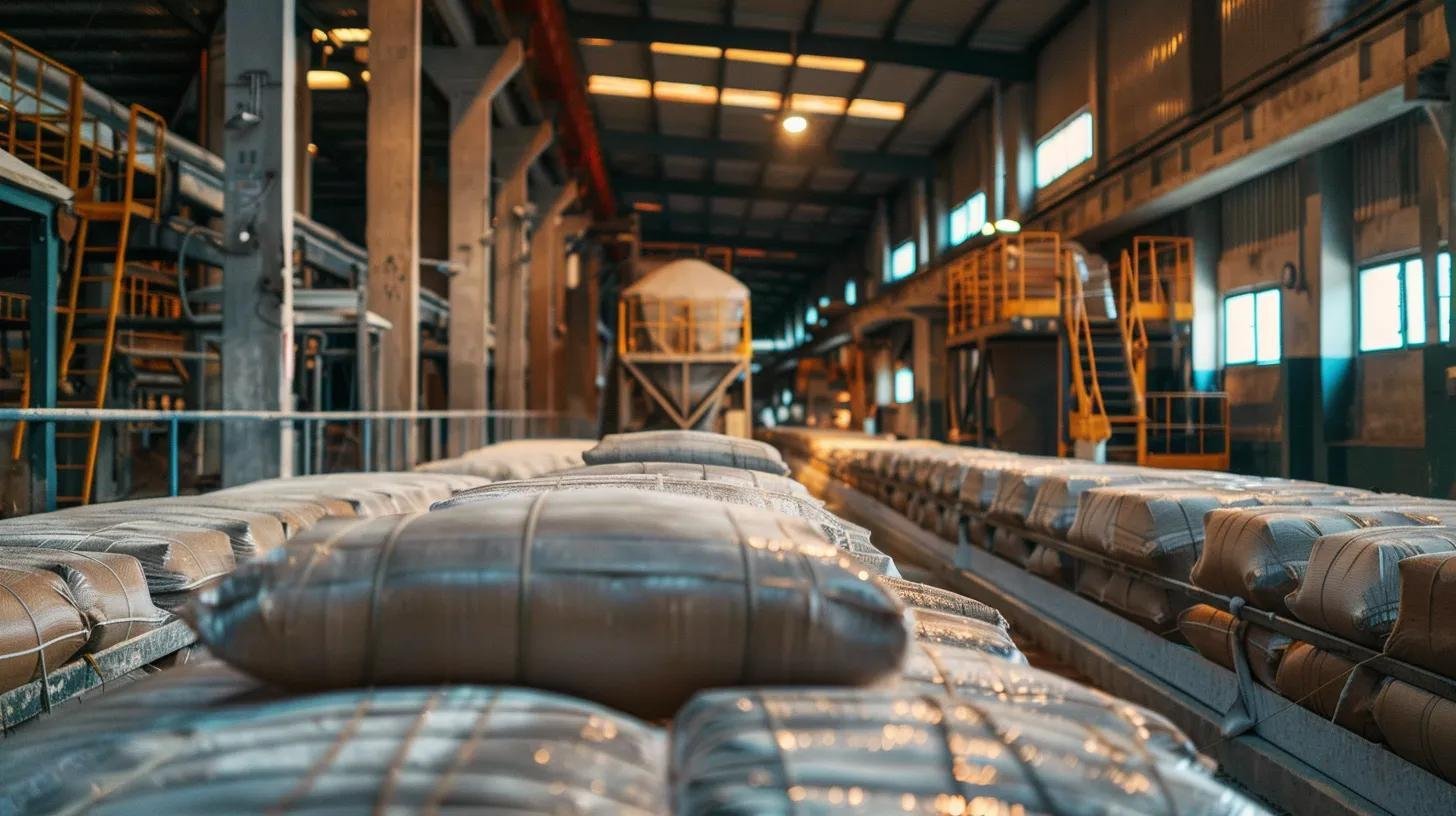Evaluating Bagging Machines for Efficient Production Solutions

Choosing the right bagging machine is essential for manufacturers seeking to boost productivity, reduce labor costs, and maintain packaging quality. This guide helps you navigate the different types of machines available and highlights what to consider when selecting the right system for your specific industry and product.
Types of Bagging Machines
Bagging machines vary by their level of automation and application. Here’s a concise breakdown:
1. Automatic Bagging Machines Fully automate the process of bag formation, filling, sealing, and discharge. Ideal for high-volume production, they reduce labor costs and improve throughput by up to 35%.
2. Industrial Bagging Machines Engineered for heavy-duty applications such as powders, granules, and liquids. Offer robust construction, in-line weighing, and programmable controls for continuous operation.
3. Manual Bagging Machines Suitable for small production runs and custom packaging. Operators manually load, fill, and seal bags. Best used when flexibility or lower upfront investment is needed.

Matching Machines to Industry Needs
Different sectors require unique machine capabilities:
- Food Industry: Hygiene and gentle handling are key. Machines with stainless steel parts, metal detectors, and easy-clean designs are ideal.
- Chemical & Agriculture: Machines must be dust-tight and resistant to corrosive materials. Sealed systems with precise dosing improve safety and prevent contamination.
- Construction Materials: Machines must handle heavy loads like cement and aggregates. Durable parts, speed control, and impact-resistant sealing are critical.
Product Type Considerations
Your product’s consistency determines what kind of machine you need:
Granules & Solids Best handled by open-mouth or form-fill-seal machines. These use vibratory feeders for accurate dosing and integrate with ERP systems for traceability.
Powders & Liquids Require anti-drip nozzles, air-assist valves, and smooth filling systems to avoid clumping or spillage.
Moisture-Sensitive or Fragile Products Need sealing methods like ultrasonic or heat-sealing that prevent damage while ensuring integrity.
Process Integration: Key to Efficiency
To ensure smooth operations, bagging machines must align with the rest of your packaging process:
- Filling: Precision dosing units and sensors monitor and adjust fill levels in real-time.
- Weighing: Built-in scales ensure accurate measurements and regulatory compliance.
- Sealing: Heat or ultrasonic sealers secure bags based on material thickness and sensitivity.
- Palletizing: Robotic palletizers stack bags efficiently, reducing manual labor and increasing safety.
Benefits of Specialized Bagging Machines
- Productivity Gains: Up to 40% improvement in throughput.
- Reduced Labor Costs: Automation reallocates human resources to more valuable tasks.
- Customization: Machines can be adapted with modular components and integrated into ERP or MES systems.

How to Choose the Right Bagging Machinery
Follow these steps to ensure the best return on investment:
Key Evaluation Criteria
- Type and consistency of product
- Desired production speed
- Integration with existing systems
- Bag material and size
- Energy use and sustainability
- Total cost of ownership
- Automatic bagging system
- Bagging equipment
Use a Decision Matrix Score machines on cost, speed, customization, and support. This makes comparing options easier and removes guesswork.
Avoid Common Mistakes
- Underestimating production volumes
- Ignoring machine compatibility with current lines
- Choosing based solely on price
Support and Consultation
Collaborate with a partner that offers:
- On-site assessments
- Integration with your current systems
- Training and maintenance support
Case Example: Some manufacturers have cut packaging errors by 35% and boosted output by 40% through tailored automation solutions.

Frequently Asked Questions
Q: What’s the difference between automatic and industrial bagging machines?
A: Automatic focus on full automation; industrial are designed for heavy-duty use with more customization.
Q: Can I use one machine for multiple products?
A: Yes, if the machine has adjustable filling and sealing features.
Q: Is automation worth the investment?
A: For medium to high production volumes, yes—automation reduces errors and long-term labor costs.
Q: Can bagging machines be integrated into my existing line?
A: Absolutely. Many machines are designed to integrate with ERP, weighing, and palletizing systems
Q: How does Newlong help customers choose the right bagging machine?
A: Newlong offers a standard bagging questionnaire to all clients. This form helps gather key information about your product, packaging requirements, and production environment. Based on your input, our team recommends the most suitable machine configuration for your needs.
Final Thoughts
Selecting the right bagging machine is about more than just specs—it’s about understanding your workflow, product type, and future scalability. With the right system, you can increase efficiency, reduce costs, and meet the growing demand for high-performance packaging.
👉 Need help finding the right solution? Contact Newlong for expert advice and tailored recommendations.
